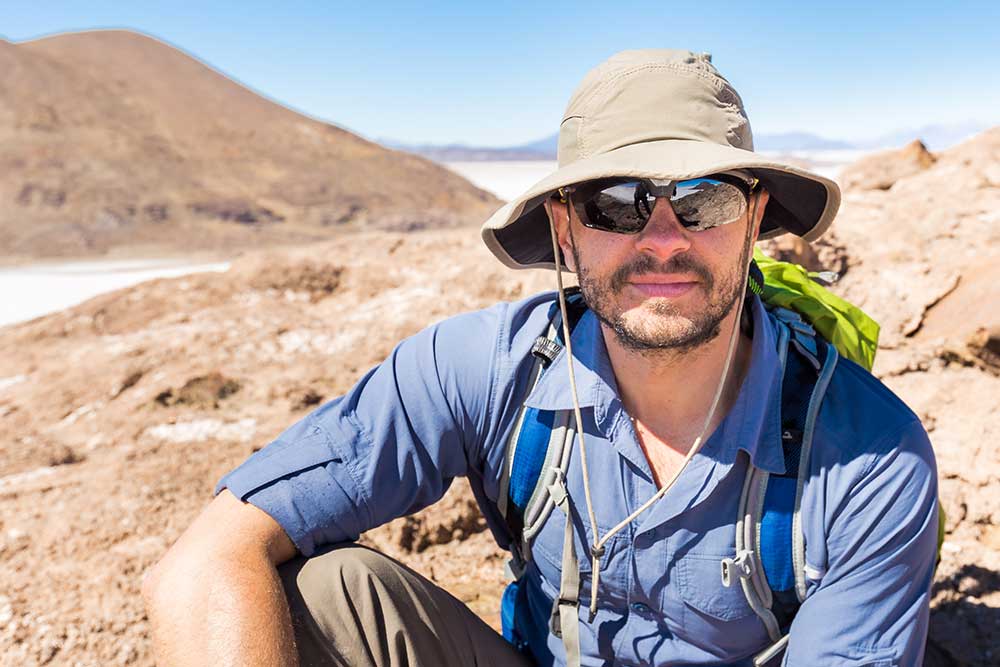All Categories
Featured
Table of Contents
Geophysical Engineering Undergraduate Program in Doubleview WA 2020

(PREM)., and the limits in between layers of the mantle are constant with stage transitions.

Schematic of Earth's magnetosphere. Circulations from left to.
Inside the magnetosphere, there are fairly dense areas of solar wind particles called the Van Allen radiation belts. Geophysical measurements are typically at a specific time and place. Accurate measurements of position, together with earth deformation and gravity, are the province of geodesy. While geodesy and geophysics are separate fields, the 2 are so closely linked that many clinical organizations such as the American Geophysical Union, the Canadian Geophysical Union and the International Union of Geodesy and Geophysics incorporate both.
Geophysical Survey Equipment - Ground Penetrating Radar in Parmelia Aus 2023
, integrates astronomical coordinates and the regional gravity vector to get geodetic coordinates. This method just supplies the position in 2 coordinates and is more tough to utilize than GPS.
Relative positions of two or more points can be determined utilizing very-long-baseline interferometry. Gravity measurements became part of geodesy because they were required to related measurements at the surface of the Earth to the recommendation coordinate system. Gravity measurements on land can be made utilizing gravimeters deployed either on the surface or in helicopter flyovers.
Water level can also be determined by satellites utilizing radar altimetry, adding to a more accurate geoid. In 2002, NASA launched the Gravity Recovery and Environment Experiment (GRACE), in which 2 twin satellites map variations in Earth's gravity field by making measurements of the distance between the 2 satellites using GPS and a microwave varying system. Satellites in space have actually made it possible to gather information from not only the visible light area, however in other areas of the electro-magnetic spectrum. The worlds can be characterized by their force fields: gravity and their magnetic fields, which are studied through geophysics and area physics. Measuring the modifications in acceleration experienced by spacecraft as they orbit has enabled great information of the gravity fields of the worlds to be mapped.
Exploration Geophysicist: Occupations In Alberta in Greenwood Australia 2020

Because geophysics is worried about the shape of the Earth, and by extension the mapping of functions around and in the world, geophysical measurements consist of high accuracy GPS measurements. These measurements are processed to increase their accuracy through differential GPS processing. As soon as the geophysical measurements have been processed and inverted, the translated results are outlined utilizing GIS.
Numerous geophysics business have actually created in-house geophysics programs that pre-date Arc, GIS and Geo, Soft in order to satisfy the visualization requirements of a geophysical dataset. Exploration geophysics is applied geophysics that often uses remote sensing platforms such as; satellites, aircraft, ships, boats, rovers, drones, borehole picking up devices, and seismic receivers.
Aeromagnetic information (airplane collected magnetic information) collected utilizing standard fixed-wing aircraft platforms need to be fixed for electromagnetic eddy currents that are developed as the airplane moves through Earth's magnetic field. There are likewise corrections related to changes in determined prospective field intensity as the Earth rotates, as the Earth orbits the Sun, and as the moon orbits the Earth.
Environmental Geophysicist in Hamilton Hill Western Australia 2020
Signal processing involves the correction of time-series information for unwanted noise or mistakes presented by the measurement platform, such as airplane vibrations in gravity data. It also involves the reduction of sources of sound, such as diurnal corrections in magnetic data. In seismic information, electromagnetic information, and gravity information, processing continues after mistake corrections to include computational geophysics which lead to the final interpretation of the geophysical information into a geological interpretation of the geophysical measurements Geophysics became a different discipline just in the 19th century, from the intersection of physical geography, geology, astronomy, meteorology, and physics.
The magnetic compass existed in China back as far as the fourth century BC. It was not till great steel needles might be created that compasses were used for navigation at sea; before that, they could not maintain their magnetism long enough to be useful.
By taking a look at which of eight toads had the ball, one might identify the direction of the earthquake. It was 1571 years prior to the very first style for a seismoscope was released in Europe, by Jean de la Hautefeuille. It was never developed. One of the publications that marked the beginning of modern science was William Gilbert's (1600 ), a report of a series of meticulous experiments in magnetism.
Geophysical Surveys - Mining, Exploration And Geoscience in Koongamia Oz 2022
Geochemistry, Geophysics, Geosystems. National Aeronautics and Space Administration. Recovered 13 November 2018.
Leipzig. Berlin (Gebruder Borntraeger). Runcorn, S.K, (editor-in-chief), 1967, International dictionary of geophysics:. Pergamon, Oxford, 2 volumes, 1,728 pp., 730 fig Geophysics, 1970, Encyclopaedia Britannica, Vol. 10, p. 202-202 Ross 1995, pp. 236242 Shearer, Peter M. (2009 ). Intro to seismology (second ed.). Cambridge: Cambridge University Press. ISBN 9780521708425. Stphane, Sainson (2017 ).
Latest Posts
Geophysical Surveys: Definition & Methods in Forrestdale Oz 2020
Geophysics in Spearwood Australia 2022
Geophysical Survey in Kinross Oz 2022